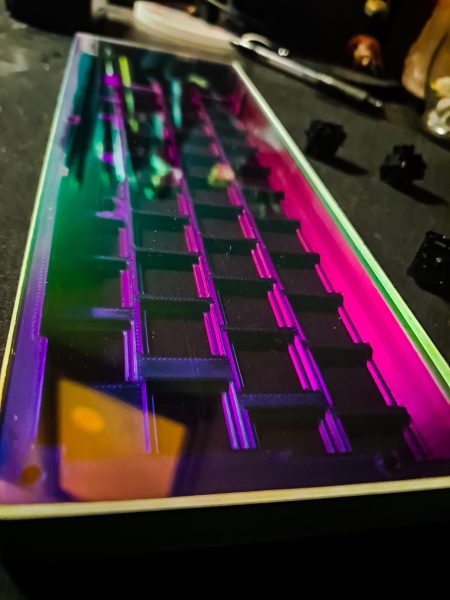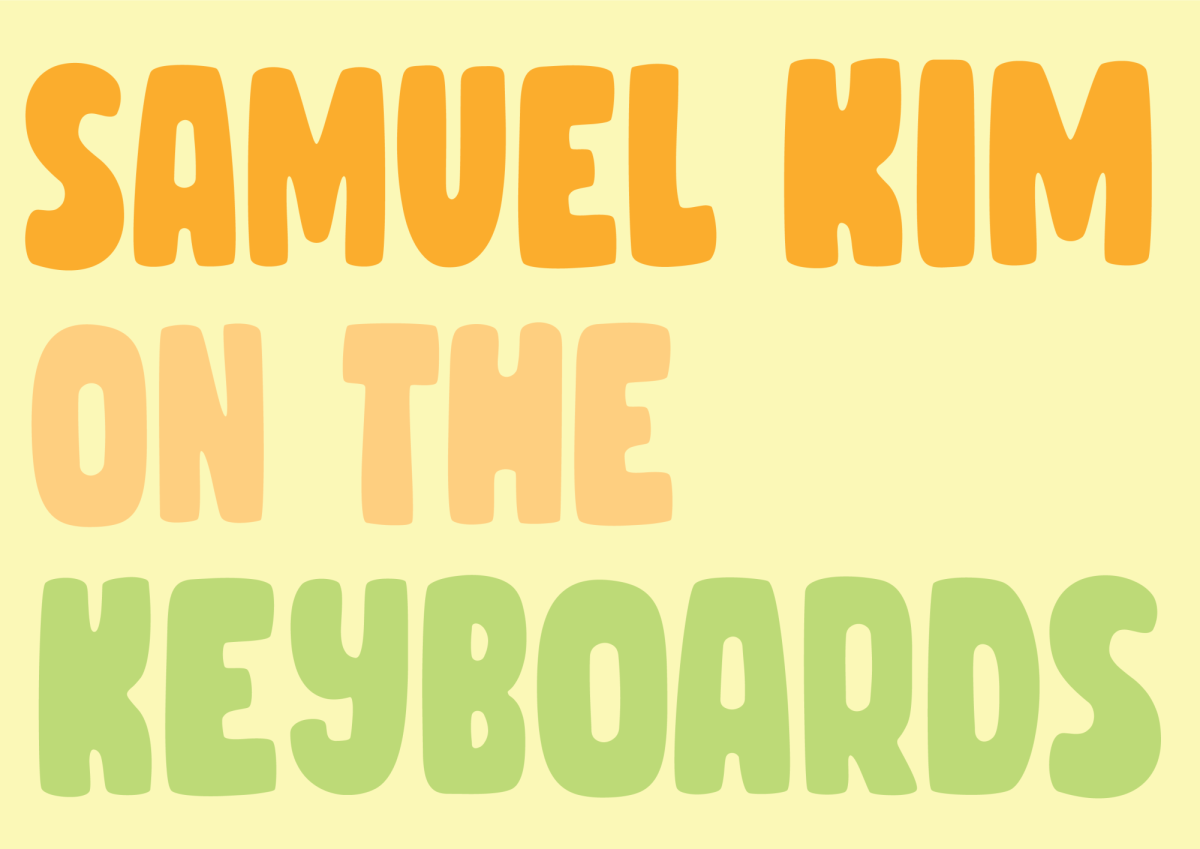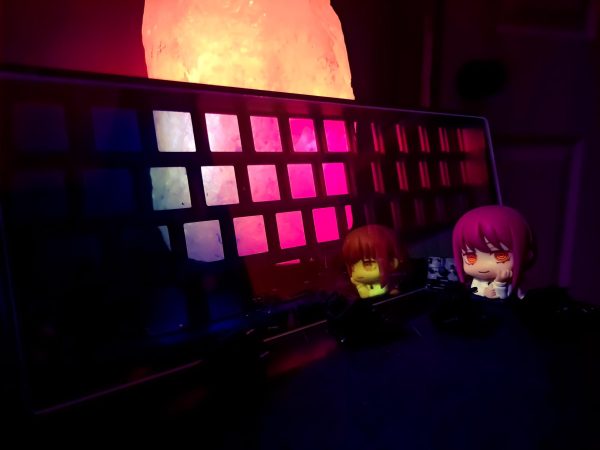Senior Samuel Kim is a student here at Liberty North who is heavily involved both in, and out of school. He is enrolled in many AP and college-level classes and partakes in several after-school activities including varsity tennis, varsity E-Sports, National Honor Society, Technology Student Association, and the Northland Youth Orchestra.
Despite all the activities he’s involved in, he still finds ample time to indulge in his true passion—building keyboards. He considers himself a keyboard enthusiast, dedicating countless hours to expanding his craft. Many people often question why one would spend over 300 dollars on a keyboard, but Kim believes wholeheartedly in taking the jump into the hobby.
“To me, a keyboard is a blank canvas—an opportunity to manifest creativity and personal dedication. Each meticulously researched, hand-picked part, whether switches, keycaps, artisans, or cables, provides a small fragment contributing towards a grand puzzle with infinite solutions, a question with no correct or incorrect answers,” Kim said.
The keyboard rabbit hole goes far beyond what the average person would consider when thinking about a normal keyboard, however. Many layouts created by enthusiasts such as the columnar, split, arisu, and others, all aim to evolve a seemingly simple process that many of us use on an everyday basis.
“I’ve always been impressed by how regular people have taken something that they enjoy and brought it to the next level. For ergonomics, I really want to try an alice layout keyboard, and for efficiency, I’ve been building a 40% keyboard. I haven’t really looked at trying any different key layouts yet, but maybe once I have some free time, I’ll have to do some research. Colemak-DH and the workman layout both look very promising,” Kim noted.
Custom keyboards have seen an explosion of growth since COVID-19, sparking further innovation and more variety within the hobby.
“All of the new things coming to the keyboard scene are all very exciting and I can’t wait to see what implications they might have on the future of keyboards,” Kim said.
Today, there are thousands of different kinds of switches available on the market all offering something a little different.



